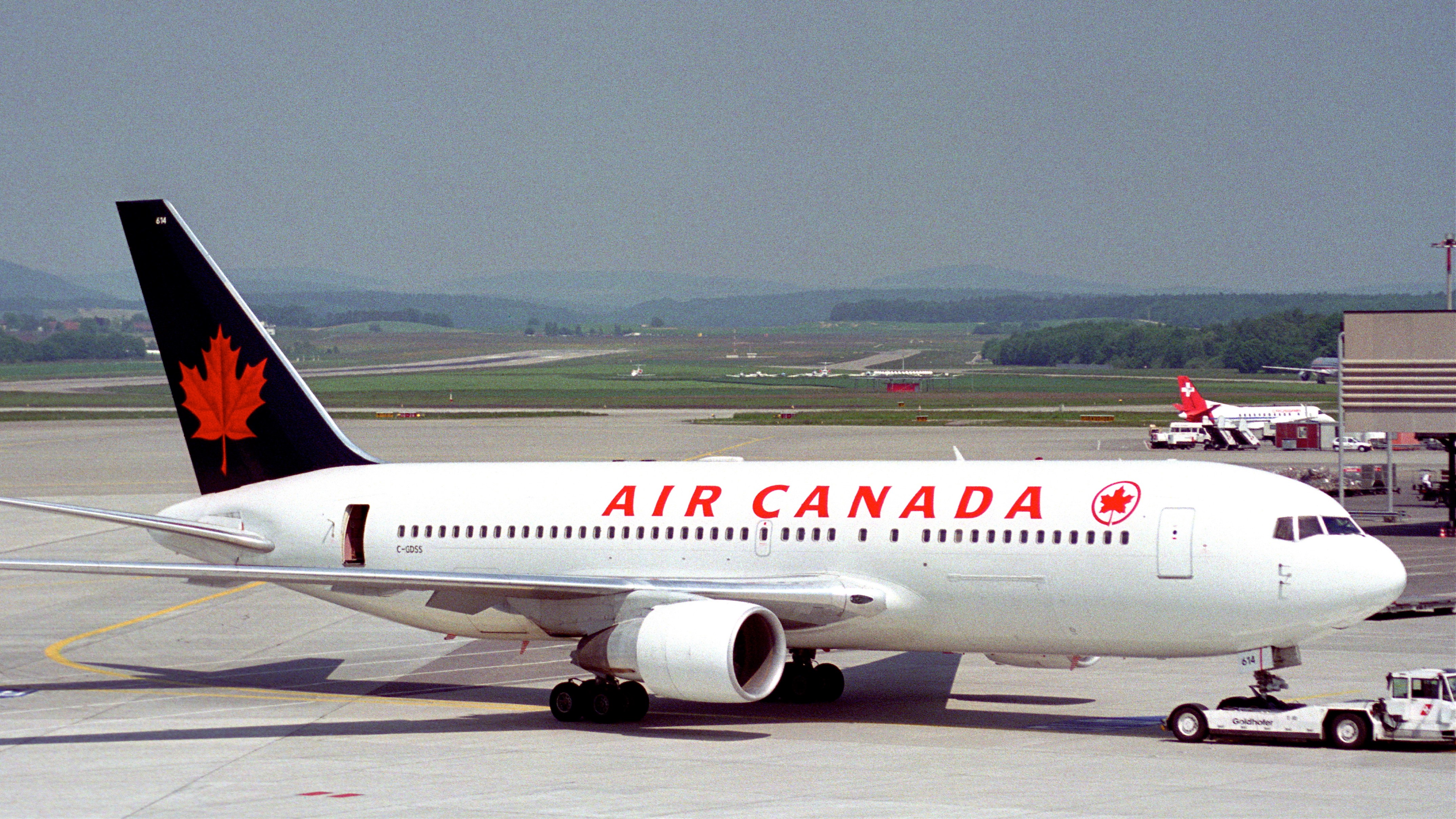Top Canadian airlines have started to explore discount airfares to appeal to a wider customer base. This is while regional competitors are rising as low-cost alternatives. With the holiday season approaching, we should see an interesting dynamic play out.
Airline stocks have shown impressive strength in 2017. Let’s take a look at the two top Canadian airliners moving forward.
Air Canada
Air Canada (TSX:AC)(TSX:AC.B) stock has surged 102% in 2017 as of close on October 13 and 113% year over year. Shares have spiked 39% since the company release record second-quarter results on August 1. System passenger revenues jumped 11.9% to $3.51 billion compared to the second quarter of 2016. Operating expenses also rose 14% as oil prices saw strength in early 2017. In September, Air Canada announced that it would expand regional routes and offer an ultra-low-cost fare on select flights.
On October 5, Air Canada announced an agreement with Amadeus in a bid to enhance customer experience. The Amadeus Altéa Suite passenger service system will allow a more personalized customer service experience. The agreement will also involve the implementation of other IT solutions that will aid in modernization.
WestJet Airlines Ltd.
WestJet Airlines Ltd. (TSX:WJA) stock has climbed 19.2% in 2017 as of close on October 13. Shares jumped on October 12 after the company posted the highest quarterly load factor in over 20 years. Traffic jumped 5.9% year over year last month, and its planes were 85.7% full from July to September. The airline reported a 10% increase in passengers from the previous year. WestJet is set to release its third-quarter results on October 31, and these numbers seem to telegraph a very strong performance.
The company posted its second-quarter results on August 1. Net earnings increased to $48.4 million, or $0.41 per diluted share, compared to $36.7 million, or $0.30 per diluted share, in Q2 2016. Revenue was also up 11% to $1.05 billion. Coming into the third quarter, WestJet has now recorded 49 consecutive quarters of profitability.
Which should you buy?
WestJet joined Air Canada in September in promising to offer ultra-low-cost fares to select customers. Consumer advocates have urged caution when it comes to these new packages. U.S. customers have seen basic services stripped in favour of a baseline economy class. Consumers may find themselves paying extra for services as basic as an overhead compartment for a carry-on piece.
Though this may bring about customer dissatisfaction, controversies in the U.S. have shown us that limited options for travelers tends to drown out such concerns. To boot, Air Canada remains the highest rated on customer satisfaction surveys in North America.
On October 13, Air Canada and WestJet closed at $27.70 and $27.48, respectively. Air Canada has more than double the market cap, but the remarkable surge it has seen in 2017 should give investors some pause.
The airline industry is particularly susceptible to recessions, and though global growth has rebounded significantly, international bodies continue to warn about high debt levels and the threat of credit-fueled financial bubbles.
In the short term, both companies should impress with upcoming third-quarter results. In the long term, investors should exercise caution with such high valuations and a recovery getting up there in years.








